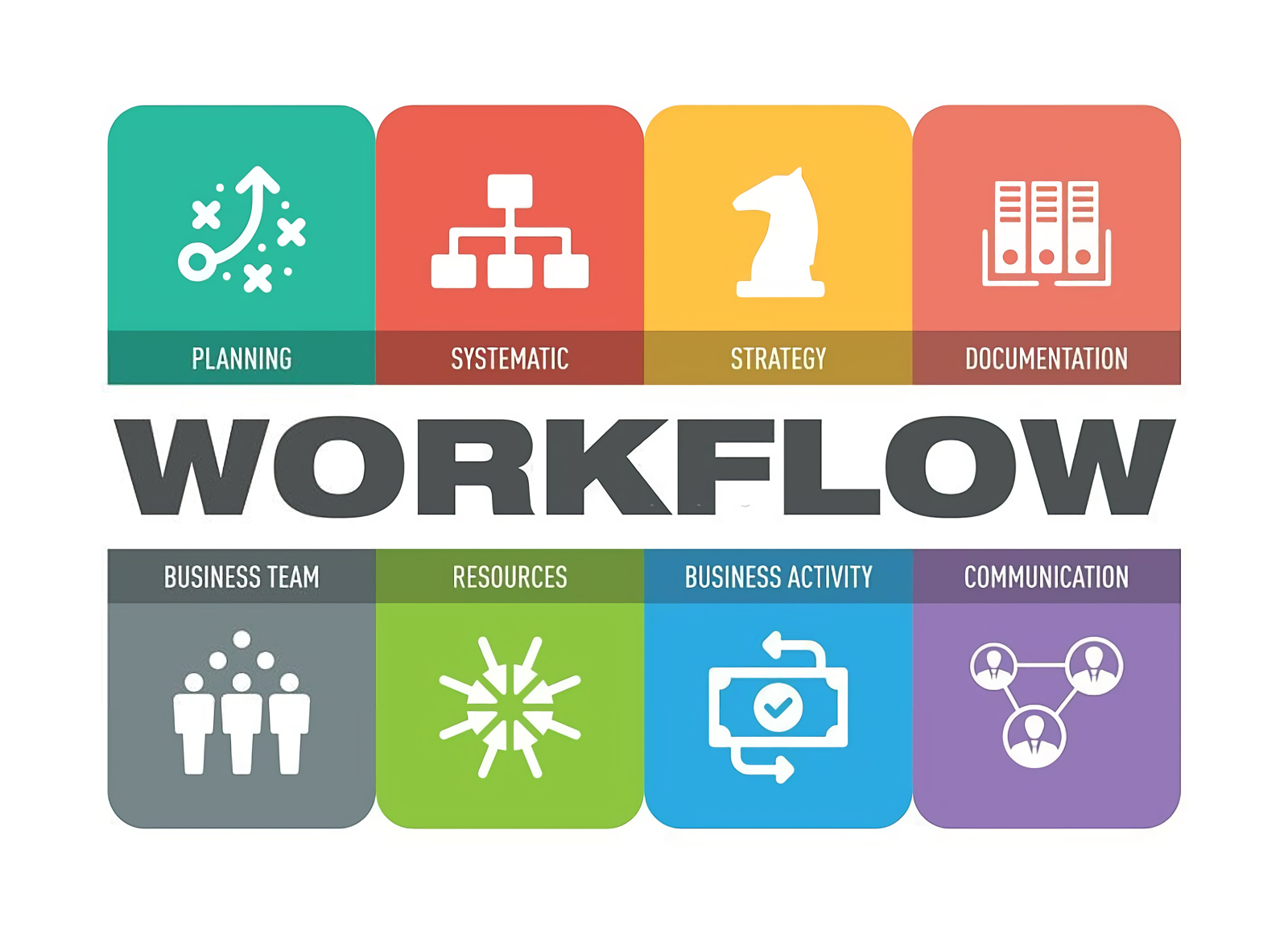How to Automate a Digital Workflow in Your Business?
Companies were adopting new technology to better their operations even before the recent transition to more remote working models. The notion of digital transformation is not new and has now entered a new age.
Many businesses have incorporated digital workflow solutions into their business procedures to bridge the communication gap created by an increasingly bigger work-from-home workforce.
What is a Digital Workflow?
The automation of a company's internal operations is referred to as "digital workflow." Businesses can save time spent on repetitive operations, user-generated mistakes, and administrative overhead expenses by automating critical procedures.
While some may be concerned about job security as a result of automation, digital processes can be beneficial to both businesses and individuals. They can help to make work more efficient, saving everyone time and trouble.
Let's see how you can automate digital workflow solutions in your business.1. Generate a Workflow Map for Each New Transition
You must first know where you're heading before you can get there. Create a workflow map to guarantee a smooth automation journey. It should include a full summary of every procedure you intend to digitise, from beginning to end.
This picture is critical because it depicts each activity in your process, what can and will be automated, and what the outcomes of that change should be.
These maps can be used as a reference to discover automation mistakes as well as a template for any future automation programs. Therefore, each automation should have its workflow map.
2. Design and Implement
You should have a solid idea of how you want the solution to be and what it needs to do at this point. When working out how to establish a digital workflow solution, your answer should be basic enough that there won't be a high learning curve.
The last thing you want to do is build more processes to implement a process. The goal of automation is to make life easier for everyone.
What specific KPIs do you intend to measure with the new digital workflow, aside from optimising processes?
Having clear goals from the start will help you measure the right metrics and communicate them to your team. Besides establishing KPIs, you should also plan ahead of time how you will measure that data.
For example, if you're assessing a workflow solution based on its capacity to save time for your team, you can examine two employees' timesheets each week to determine how many hours they're devoting to a specific activity.
If the job is effective in reducing time spent, you should notice a corresponding drop in hours logged.

3. Analyze the Experiment
Yes! In his stage, you've implemented your digital workflow solution, but your work isn't done. If you want to digitise subsequent procedures, you'll want to learn everything you can from this first launch.
Key performance indicators (KPIs) are fantastic progress indicators for ensuring that your new automation is helping you meet your business objectives.
They are more easily adjustable than other data measures. This is critical because digital workflows are designed to adjust as the needs and priorities of the company change.
What was effective? What didn't go as planned? What could have been done better? Did you reach your goal?
When you can clearly show the ROI of your efforts, it will be simpler to integrate further digital workflow solutions throughout the company.
4. Make the new process available to the entire team
A new method is only valuable if it is accessible to the whole team that needs it. Transparency is essential.
With access to workflow maps, your current staff may assist in training new workers on new automated procedures as well as understanding where and how their responsibilities are evolving.
A cloud-based storage solution is an excellent way to ensure that your whole team has access to crucial data at all times and from any location.

5. Maintain a Clear Understanding of Responsibilities and Permissions
The ability to control which workers and partners have access to which documents is a critical security challenge for any digital workflow solution. You want the right individuals to be able to work productively while reducing distractions for others.
You especially don't want to give the wrong people access to your personal information. Your HR manager, for example, should have access to all files in your Human Resources Management System (HRMS), whilst your regular staff should only see approved information.
Assigning responsibilities and permissions is a key step in ensuring that your software is an asset rather than a risk. Assigning certain responsibilities on the platform will also help simplify any training and adjustment period.
In a Nutshell
Consider the goals and priorities mentioned in your workflow maps when selecting an automation software solution for your company. Before adopting any new digital workflow solution, make sure you test it thoroughly, especially for customer-facing operations.
This may entail creating a dummy customer account and managing a purchase from beginning to end, or communicating with a chatbot. Before everyone can use it, fix any potential issues that could cause problems or make things more difficult.
News & Events
Keep up to date
- 18Dec
Ricoh recognised as a Top 5 global AV Integrator in SCN Top 50 Systems Integrators 2025
- 11Dec
Ricoh Recognised as a Sustainability Leader in Quocirca's 2025 Report
- 31Oct
Ricoh perovskite solar cells installed on Japan Aerospace Exploration Agency cargo transfer spacecraft1 HTV-X1
- 17Oct
Ricoh recognised among Forbes’ World’s Best Employers 2025
